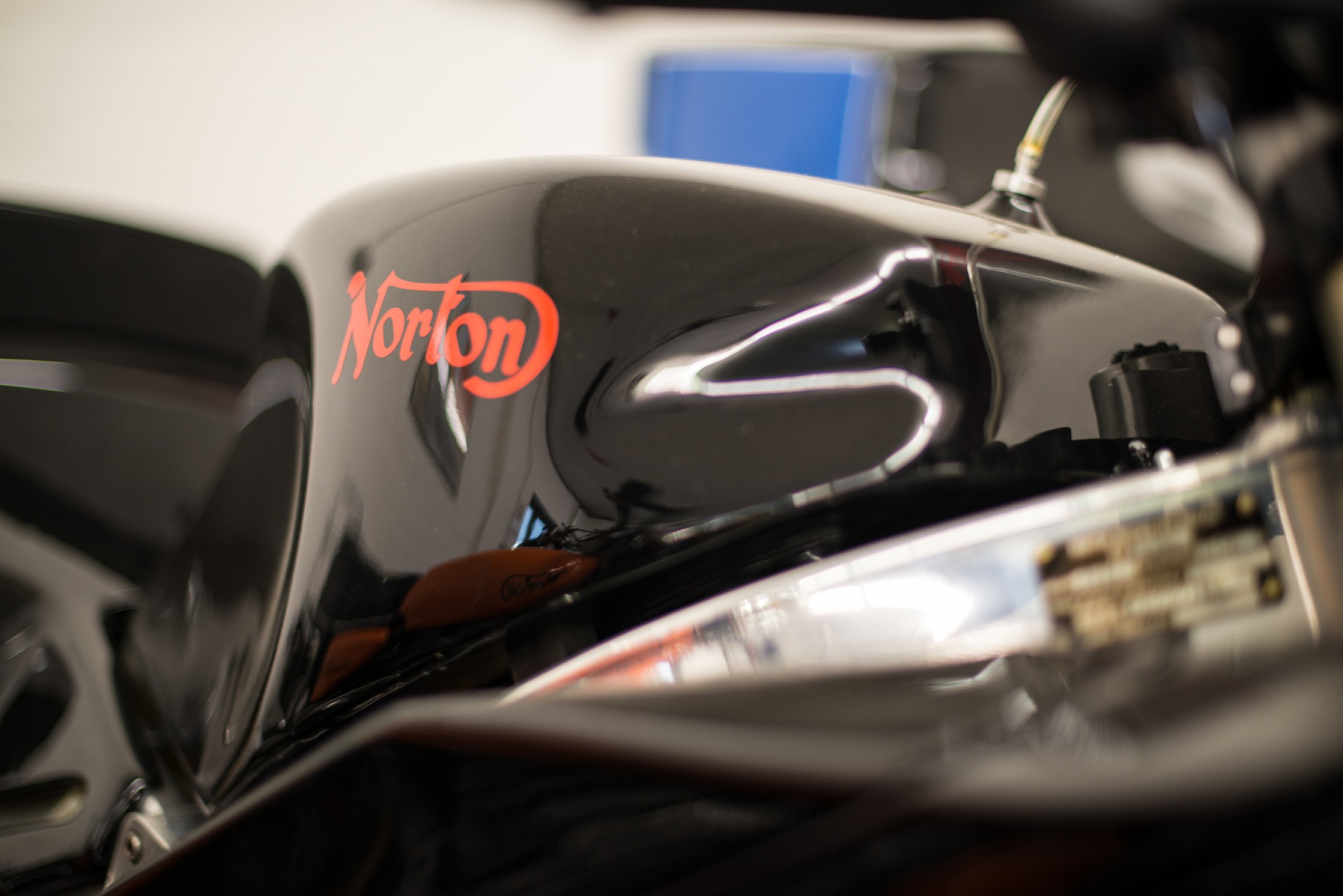Coolhands
VIP MEMBER
- Joined
- Sep 16, 2021
- Messages
- 155
Hey Norton experts. Ham fisted day in the garage yesterday and I need to determine how I screwed up.
Rebuilding the forks on my 1972 Norton Combat Commando and my left fork was seized when I put it together with new bushings.
I’m thinking one or both of these
1. The removal of the slider cover required use of the big blue wrench. Maybe I distorted the slider heating it up?
2. Looking back at the bearing kit I bought it has the words “road holder” would this be different than stock bearings?
Any advice would be much appreciated.
Rebuilding the forks on my 1972 Norton Combat Commando and my left fork was seized when I put it together with new bushings.
I’m thinking one or both of these
1. The removal of the slider cover required use of the big blue wrench. Maybe I distorted the slider heating it up?
2. Looking back at the bearing kit I bought it has the words “road holder” would this be different than stock bearings?
Any advice would be much appreciated.


